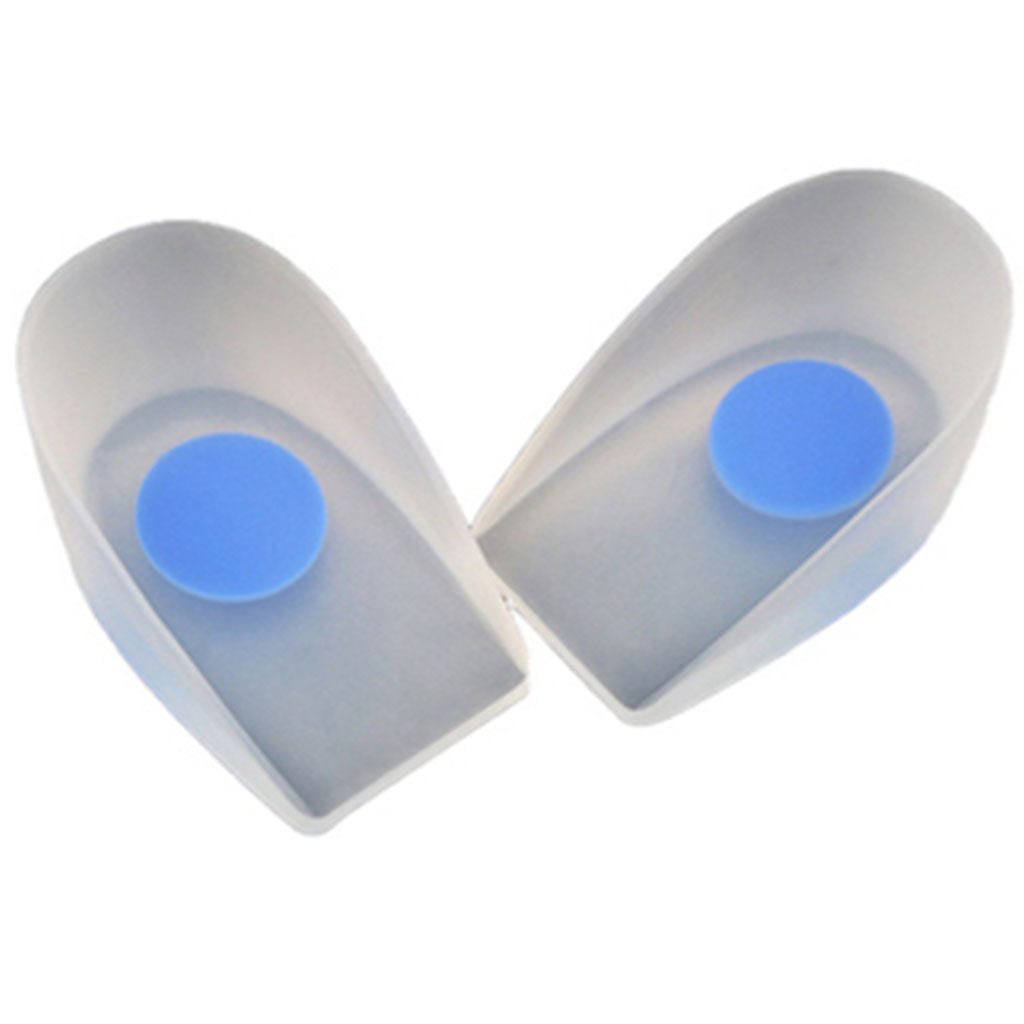Heel Spurs
A heel spur (Calcaneal spur) is a calcium deposit that is built up and caused by excessive stress in the heel area. A heel spur is often associated with an inflammation process causing plantar fasciitis.
Repetitive stress and stretching of foot muscles and ligaments can cause heel spur. There are some risk factors that can develop heel spurs further, for example, long-standing activities, poor fit footwear, excessive weight, over-pronated feet & supinated feet associated with flat feet or high-arched feet.
Heel spurs can be a source of persistent heel pain and discomfort. By gaining a better understanding of this condition, you can take steps to alleviate discomfort, promote healing, and improve your overall foot health.
Causes of Heel Spurs
Heel spurs are calcium deposits that develop on the underside of the heel bone. They often form in response to long-term strain on the plantar fascia and ligaments of the foot. Common causes of heel spurs include:
- Plantar Fasciitis: Heel spurs are often associated with plantar fasciitis, a condition characterized by inflammation of the plantar fascia, a thick band of tissue that supports the arch of the foot.
- Repetitive Strain: Activities that involve repetitive stress on the heel, such as running or jumping, can contribute to the development of heel spurs.
- Poor Foot Mechanics: Abnormal foot mechanics, such as flat feet or high arches, can increase the strain on the plantar fascia and lead to heel spur formation.
- Improper Footwear: Wearing shoes that lack proper arch support or have inadequate cushioning can contribute to the development of heel spurs over time.
Symptoms of Heel Spurs
It’s not necessary that Heel spurs may always cause symptoms and their presence does not always associate with the severity of pain. However, some visible general symptoms include:
- Intense, stabbing pain in the heel, especially with the first steps in the morning or after periods of rest.
- Pain that improves with activity but worsens with prolonged standing or walking.
- Inflammation in the affected area.
- A visible bony flange at the bottom of the heel.
Treatment Options
- Rest and Ice: Giving your feet ample rest and applying ice packs to the affected area can help reduce inflammation and relieve pain.
- Stretching Exercises: Regular stretching exercises or physical therapy targeting the calf muscles and plantar fascia can help alleviate tension and reduce strain on the heel.
- Supportive Footwear: Wearing shoes with good arch support and cushioning can help reduce pressure on the heel and offer relief.
- Orthotic Inserts: Custom or over-the-counter shoe inserts can provide additional support and distribute pressure evenly, reducing strain on the heel.
- Medications: Non-steroidal anti-inflammatory drugs (NSAIDs) may be recommended to reduce pain and inflammation.
- Corticosteroid Injections: In severe cases, corticosteroid injections may be considered to alleviate pain and inflammation.
- Extracorporeal Shockwave Therapy (ESWT): This non-invasive treatment uses sound waves to stimulate healing and reduce pain in the affected area.
- Surgery: In rare cases where conservative treatments fail to provide relief, surgery may be recommended to remove the heel spur or release the plantar fascia.
What type of Insoles will help?
Our branded Insoles are designed by expert clinicians to help reduce pain. However, we would recommend a complete assessment to ensure that there is no other foot condition associated with heel spur. In some cases, a custom-made Insole would significantly decrease the pressure to improve comfort.



